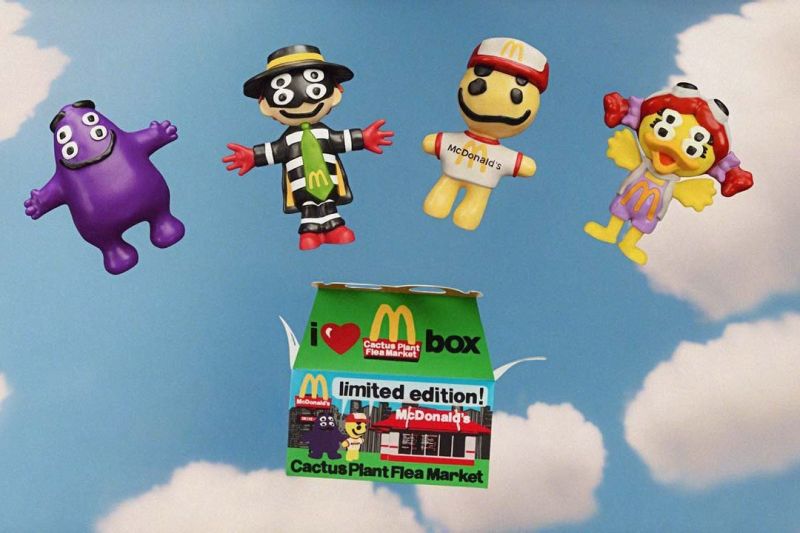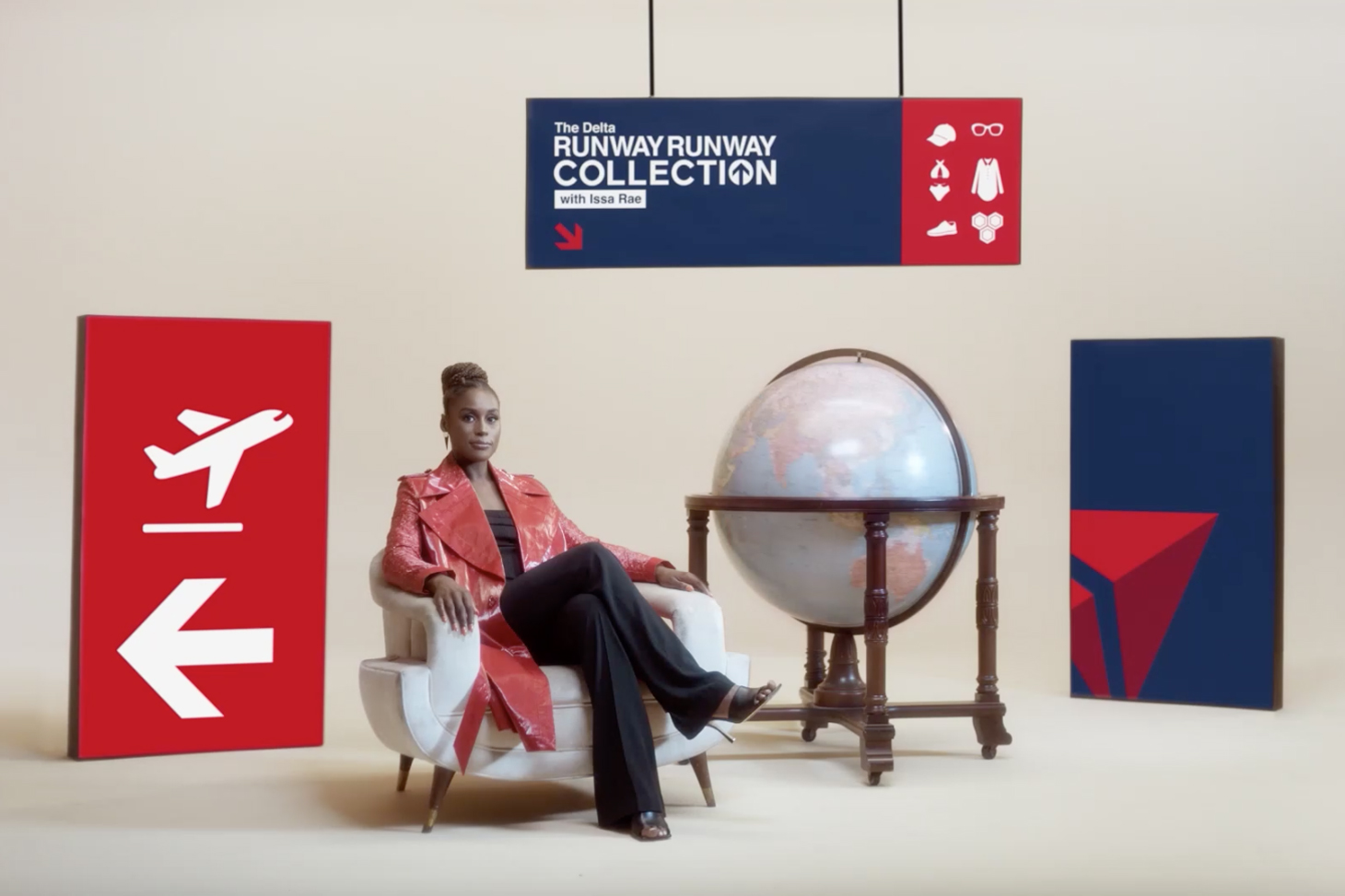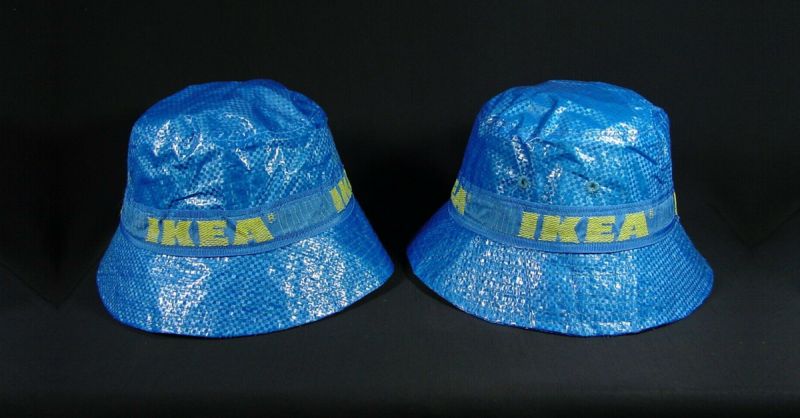How any brand can borrow from the fashion playbook
McDonald’s’s cranked its hype marketing machine up a notch recently with a collaboration with Cactus Plant Flea Market, marking a deeper engagement with fashion culture than their previous music based partners. And last week Delta Air Lines airlines launched a clothing collection curated by Issa Rae.

The most successful fashion brands are amongst the most desirable brands on the planet, and able to charge a huge margin on low value product as a result. Airlines and fast food brands can certainly benefit from some of this star power, but the world of fashion marketing is also radically different to the world other consumer goods brands operate in.

Here are 3 things for any brand to keep in mind when taking a page out of the fashion playbook
1. Keep it uncool.
The fundamental everyday-ness of non-fashion brands can be their super power. The uncompromising functionally and deliberate ugliness of IKEA’s FRAKTA bag made it an inspiration for Balenciaga’s own $2,000 version. This led to smaller fashion brands creating bucket hats with the bag, and ultimately to IKEA selling its own version online. The garish ordinariness of the blue and yellow plastic is what made it such an irresistible object for designers.

2. Execution is everything.
The key shift for most brands in operating within a fashion playbook is a change in mindset from customer centric to creator centric. Brands that are used to building communication around insights on customer needs have to get comfortable with a completely different dynamic – one that elevates a single creative vision above everything else. The success of an idea, however brilliant it might seem on paper is mostly down to the way that vision is executed.
3. Don’t explain.
The power of fashion is that it speaks in imagery not words – that’s what makes it captivating. Resist the temptation to justify a project launch with strategic talking points – it only punctures the dream. Put it out into the world and let it speak for itself.
These behaviors might seem counter intuitive for brands used to more conventional and rigorous methods but the risk also offers the reward of a moment of outsize presence in pop culture.